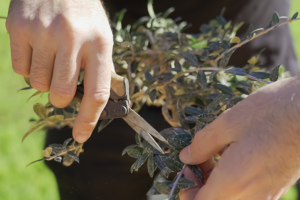YouTube
Top 10 Bonsai fruit trees
Fruit bonsai trees are a unique and rewarding addition to any bonsai collection. These miniature trees are trained and shaped to mimic the look of their full-sized counterparts, and they can be trained to produce small, edible fruit.
If you’re considering adding a fruit bonsai tree to your collection, there are a few things you should know. First and foremost, it’s important to choose a species of tree that is known to produce fruit. Some popular choices for fruit bonsai include the citrus tree, olive tree, and fig tree.
Once you’ve selected the perfect tree, it’s time to start training. Bonsai trees require regular pruning and shaping to maintain their small size and unique appearance. This process can be time-consuming, but the results are well worth it. When training your fruit bonsai, be sure to pay close attention to the shape and size of the tree, as well as the placement of the fruit.
In addition to regular training, it’s important to provide your fruit bonsai with the proper care and attention. This includes watering the tree on a regular basis, using the right soil and fertilizers, and placing the tree in a location that receives the proper amount of sunlight.
One of the most rewarding aspects of owning a fruit bonsai tree is the opportunity to harvest and eat the small, delicious fruit. However, it’s important to note that the fruit-bearing process can take time, and it may take several years for your tree to produce fruit.
While fruit bonsai trees may require a bit of extra care and attention, they are a unique and delicious addition to any collection. Whether you’re a seasoned bonsai enthusiast or new to the hobby, a fruit bonsai tree is sure to bring joy and sustenance to your home or garden.







Leave a Reply
Your email is safe with us.
You must be logged in to post a comment.